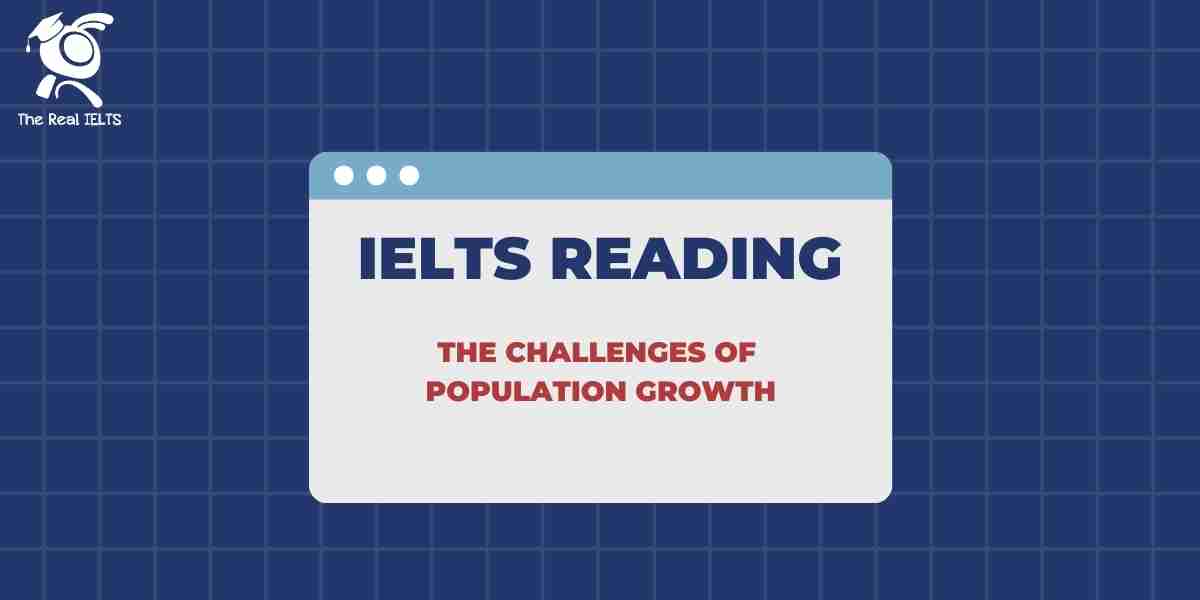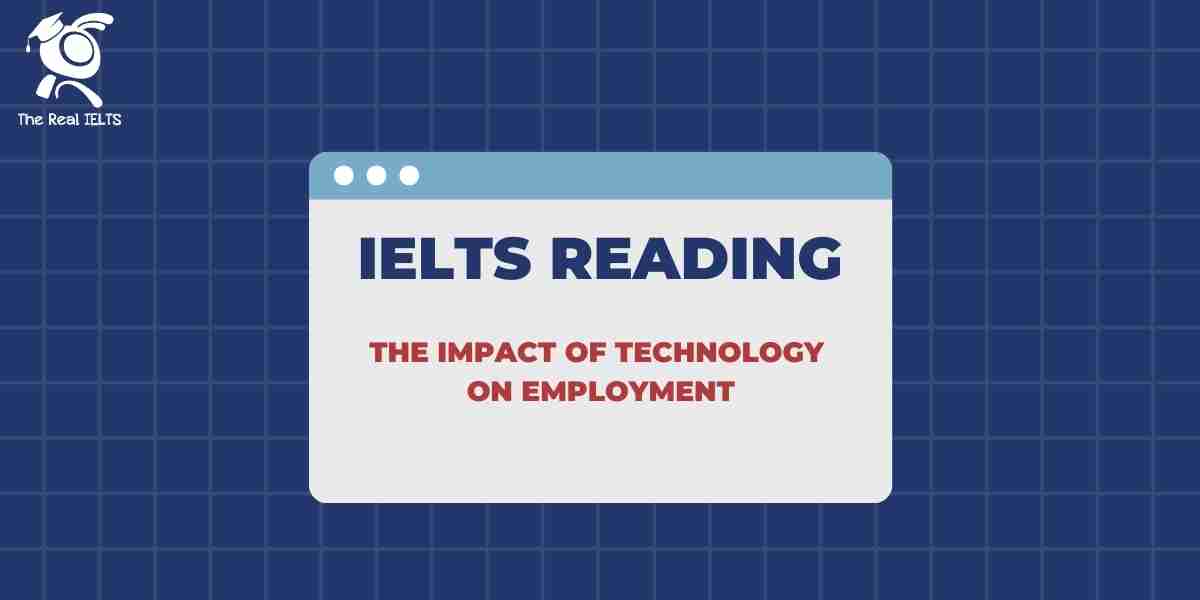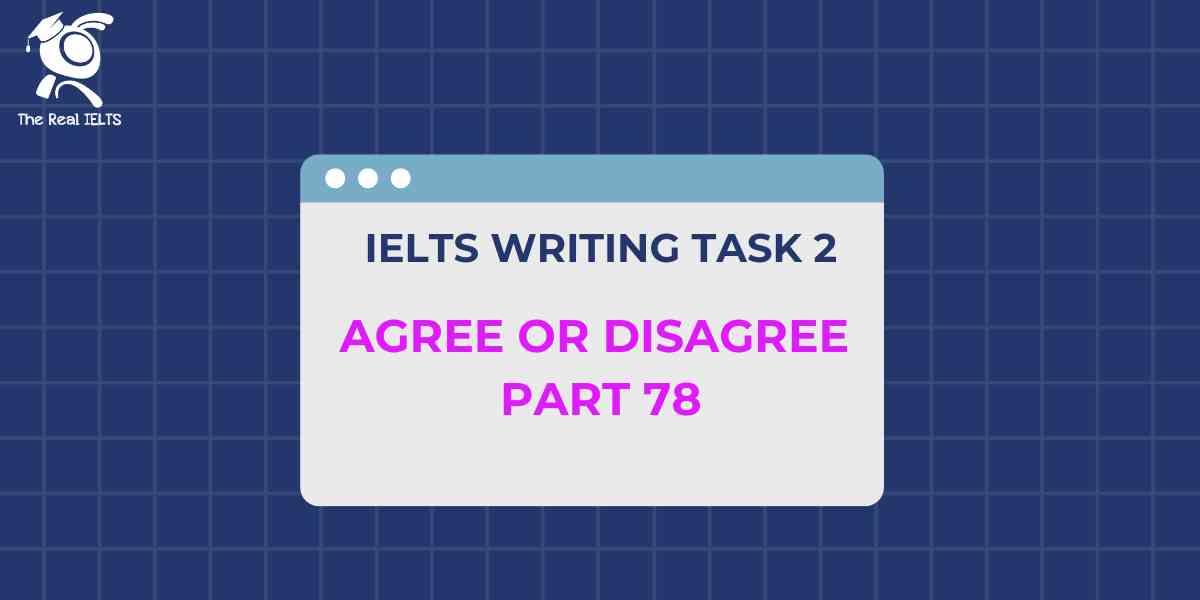Đề thi IELTS Reading có tiêu đề “The Challenges of Population Growth”
Nhớ đọc thêm các bài luyện thi IELTS nhé.
IELTS Reading:”The Challenges of Population Growth“
The Challenges of Population Growth
Population growth has long been a defining feature of human societies, driving both opportunities and challenges on a global scale. As the world’s population continues to expand, the pressures on resources, infrastructure, and the environment intensify. This unprecedented growth has far-reaching implications, posing significant challenges for governments, economies, and the natural world.
One of the most pressing challenges of population growth is the strain it places on natural resources. With more people comes a higher demand for food, water, and energy. The agricultural sector, which is already under pressure to feed billions, faces the daunting task of increasing production without further degrading the environment. Overfishing, deforestation, and soil erosion are just a few examples of how the demand for food can lead to the depletion of natural resources. Similarly, the rising demand for water is exacerbating shortages in many regions, particularly in arid and semi-arid areas. As the global population grows, so too does the competition for these vital resources, leading to potential conflicts and exacerbating inequalities.
Energy consumption is another critical issue tied to population growth. The world’s energy needs are projected to rise significantly as populations increase, especially in developing nations where industrialization and urbanization are accelerating. This growth in demand presents a challenge in terms of sustainability. The continued reliance on fossil fuels contributes to climate change, leading to severe environmental consequences, including more frequent and intense natural disasters, rising sea levels, and loss of biodiversity. The challenge lies in meeting the energy needs of a growing population while transitioning to more sustainable energy sources.
Urbanization, driven by population growth, presents its own set of challenges. As more people move to cities in search of better opportunities, urban areas are expanding rapidly. This rapid urbanization often outpaces the development of infrastructure, leading to overcrowded cities, inadequate housing, and insufficient public services. The growth of megacities, particularly in developing countries, has led to the proliferation of informal settlements or slums, where living conditions are dire, and access to basic services such as clean water, sanitation, and healthcare is limited. These conditions contribute to a range of social problems, including crime, poor health outcomes, and social inequality.
Population growth also poses significant challenges for public health. As the number of people increases, so too does the potential for the spread of infectious diseases. Crowded living conditions, particularly in urban areas, can facilitate the rapid transmission of diseases, as seen with recent global pandemics. Furthermore, the strain on healthcare systems becomes more pronounced as the population grows, making it more difficult for governments to provide adequate healthcare services. This is particularly concerning in developing countries, where healthcare infrastructure is often already underfunded and understaffed.
Education systems are similarly strained by population growth. An increasing population means more children in need of education, placing pressure on educational infrastructure, teacher availability, and educational resources. In many developing countries, the rapid population growth has led to overcrowded classrooms, a shortage of qualified teachers, and limited access to educational materials. These challenges can undermine the quality of education, perpetuating cycles of poverty and limiting opportunities for social mobility.
The environmental impact of population growth cannot be understated. As the global population expands, so does the ecological footprint of humanity. Deforestation, loss of biodiversity, and increased greenhouse gas emissions are all exacerbated by population growth. The destruction of natural habitats to make way for agricultural land, urban development, and infrastructure projects is leading to the loss of species at an alarming rate. Furthermore, the increased waste production associated with a larger population contributes to pollution, further degrading the environment.
Addressing the challenges of population growth requires a multifaceted approach. Sustainable development is crucial, with a focus on balancing economic growth with environmental protection and social equity. Governments must implement policies that promote sustainable resource use, invest in renewable energy, and encourage the development of sustainable cities. Education and healthcare systems must be strengthened to cope with the demands of a growing population, ensuring that all individuals have access to the services they need to thrive.
Family planning and education are also key components in managing population growth. By empowering individuals with the knowledge and resources to make informed choices about family size, governments can help to slow population growth and mitigate its impacts. In many regions, particularly in developing countries, access to family planning services remains limited, contributing to high fertility rates and rapid population growth. Improving access to these services, along with promoting gender equality and education for girls, can help to reduce fertility rates and promote more sustainable population growth.
In conclusion, population growth presents significant challenges that must be addressed to ensure a sustainable future for all. The strain on natural resources, the environment, and infrastructure requires urgent attention and action from governments, organizations, and individuals. By adopting a holistic approach that integrates sustainable development, education, healthcare, and family planning, it is possible to mitigate the impacts of population growth and create a more equitable and sustainable world.
Đề bài thi IELTS Reading
Multiple Choice (10 câu hỏi)
- What is one of the primary challenges of population growth?
- A) Decreased global trade
- B) Strain on natural resources
- C) Reduced agricultural productivity
- D) Declining population in urban areas
- Which of the following is a consequence of increased energy consumption?
- A) Decreased industrialization
- B) Increased reliance on fossil fuels
- C) Reduction in urbanization
- D) Improved healthcare systems
- What is a significant result of rapid urbanization in developing countries?
- A) Expansion of agricultural lands
- B) Improvement in public services
- C) Growth of informal settlements
- D) Decrease in population density
- Which of the following is NOT mentioned as a social problem caused by urbanization?
- A) Crime
- B) Poor health outcomes
- C) Social inequality
- D) Increased deforestation
- The spread of infectious diseases is primarily facilitated by:
- A) Improved healthcare systems
- B) Increased energy consumption
- C) Crowded living conditions
- D) Higher agricultural output
- Which challenge is directly linked to the quality of education in developing countries?
- A) Lack of access to renewable energy
- B) Overcrowded classrooms
- C) Increased fossil fuel consumption
- D) Rapid deforestation
- What is a major environmental impact of population growth?
- A) Increased greenhouse gas emissions
- B) Improved biodiversity
- C) Decreased urbanization
- D) Reduction in industrial activities
- What is considered crucial for addressing the challenges of population growth?
- A) Limiting industrial growth
- B) Implementing sustainable development
- C) Reducing the use of technology
- D) Increasing agricultural lands
- Which factor is mentioned as helping to slow population growth?
- A) Urbanization
- B) Industrialization
- C) Family planning and education
- D) Increased energy consumption
- What is the potential outcome of continued high fertility rates in developing countries?
- A) Improved healthcare systems
- B) Sustainable population growth
- C) Rapid population growth
- D) Increased access to education
True/False/Not Given (10 câu hỏi)
- Population growth has only positive effects on the global economy.
- True
- False
- Not Given
- The increase in global population has led to a higher demand for sustainable energy sources.
- True
- False
- Not Given
- Deforestation is solely caused by the expansion of urban areas.
- True
- False
- Not Given
- Overfishing has become a major issue due to the rising global population.
- True
- False
- Not Given
- The author suggests that renewable energy sources are currently meeting global energy demands.
- True
- False
- Not Given
- The growth of informal settlements is a common issue in developed countries.
- True
- False
- Not Given
- Increased fossil fuel consumption is causing more frequent natural disasters.
- True
- False
- Not Given
- The destruction of natural habitats is leading to the loss of species.
- True
- False
- Not Given
- Family planning is mentioned as a way to improve energy consumption.
- True
- False
- Not Given
- Education for girls is a key factor in reducing fertility rates.
- True
- False
- Not Given
Yes/No/Not Given (5 câu hỏi)
- Does the author believe that rapid urbanization can lead to the deterioration of living conditions?
- Yes
- No
- Not Given
- Is the overuse of fossil fuels considered a minor issue by the author?
- Yes
- No
- Not Given
- Does the passage suggest that all developing countries are equipped to handle rapid population growth?
- Yes
- No
- Not Given
- Does the author advocate for the expansion of agricultural land as a solution to population growth?
- Yes
- No
- Not Given
- Does the author indicate that increasing energy consumption could lead to the depletion of renewable resources?
- Yes
- No
- Not Given
Matching Information (5 câu hỏi)
- Match the following challenges with the correct sections in the passage:
- A) Public health concerns
- B) Environmental impacts
- C) Urbanization issues
- D) Educational challenges
- E) Energy consumption
i) Overcrowded cities leading to insufficient public services.
ii) Rapid spread of diseases in densely populated areas.
iii) Increased greenhouse gas emissions.
iv) High fertility rates affecting classroom sizes.
v) Rising demand contributing to climate change.
Matching Headings (5 câu hỏi)
- Match the headings below with the appropriate paragraphs in the passage:
- A) “The Strain on Natural Resources”
- B) “Urbanization and Its Social Impacts”
- C) “The Role of Education in Population Control”
- D) “The Energy Dilemma”
- E) “Environmental Degradation”
i) Paragraph 2
ii) Paragraph 3
iii) Paragraph 4
iv) Paragraph 5
v) Paragraph 6
Sentence Completion (5 câu hỏi)
- The increase in global population intensifies the demand for _____.
- (Complete the sentence)
- The challenge of meeting energy needs is linked to _____.
- (Complete the sentence)
- Urbanization often outpaces _____, leading to overcrowded cities.
- (Complete the sentence)
- Overcrowded classrooms are a result of _____ in developing countries.
- (Complete the sentence)
- The destruction of natural habitats leads to _____.
- (Complete the sentence)
Short Answer Questions (5 câu hỏi)
- What is one major environmental consequence of population growth?
- (Provide a short answer)
- How does population growth affect public health systems?
- (Provide a short answer)
- What is one solution mentioned for managing the challenges of population growth?
- (Provide a short answer)
- What is a common issue in rapidly urbanizing areas?
- (Provide a short answer)
- How can family planning contribute to managing population growth?
- (Provide a short answer)
Diagram Label Completion (5 câu hỏi)
- Label the following diagram with information from the passage about “The Energy Dilemma.”
- (Provide labels based on information about energy consumption, fossil fuels, renewable resources, and their impacts)
- Complete the flow-chart with steps involved in “Addressing the Challenges of Population Growth.”
- (Fill in the missing steps)
- Label the parts of a city diagram based on issues related to urbanization mentioned in the passage.
- (Provide labels related to public services, slums, overcrowding, and social inequality)
Đáp án bài thi IELTS Reading
Multiple Choice (10 câu hỏi)
- B) Strain on natural resources
- B) Increased reliance on fossil fuels
- C) Growth of informal settlements
- D) Increased deforestation
- C) Crowded living conditions
- B) Overcrowded classrooms
- A) Increased greenhouse gas emissions
- B) Implementing sustainable development
- C) Family planning and education
- C) Rapid population growth
True/False/Not Given (10 câu hỏi)
- False
- True
- False
- Not Given
- False
- False
- Not Given
- True
- False
- True
Yes/No/Not Given (5 câu hỏi)
- Yes
- No
- No
- No
- Yes
Matching Information (5 câu hỏi)
- i) C) Urbanization issues
- ii) A) Public health concerns
- iii) B) Environmental impacts
- iv) D) Educational challenges
- v) E) Energy consumption
Matching Headings (5 câu hỏi)
- i) A) “The Strain on Natural Resources”
- ii) B) “Urbanization and Its Social Impacts”
- iii) C) “The Role of Education in Population Control”
- iv) D) “The Energy Dilemma”
- v) E) “Environmental Degradation”
Sentence Completion (5 câu hỏi)
- natural resources
- fossil fuel consumption
- the development of public services
- high fertility rates
- loss of biodiversity
Short Answer Questions (5 câu hỏi)
- Increased greenhouse gas emissions
- It puts a strain on public health systems, leading to overcrowded hospitals and insufficient services.
- Implementing sustainable development practices
- Growth of informal settlements
- It helps in reducing fertility rates, which can lead to more manageable population growth.
Diagram Label Completion (5 câu hỏi)
- Labels: Fossil fuel dependency, Renewable energy shortfall, Energy demand growth, Environmental impact
- Steps: Population growth → Increased energy demand → Strain on resources → Sustainable development solutions
- Labels: Informal settlements, Overcrowded public services, Social inequality, Health risks
Luyện tập bài khác ở bài viết:”100 bài luyện IELTS Reading 2024 – 2025“















